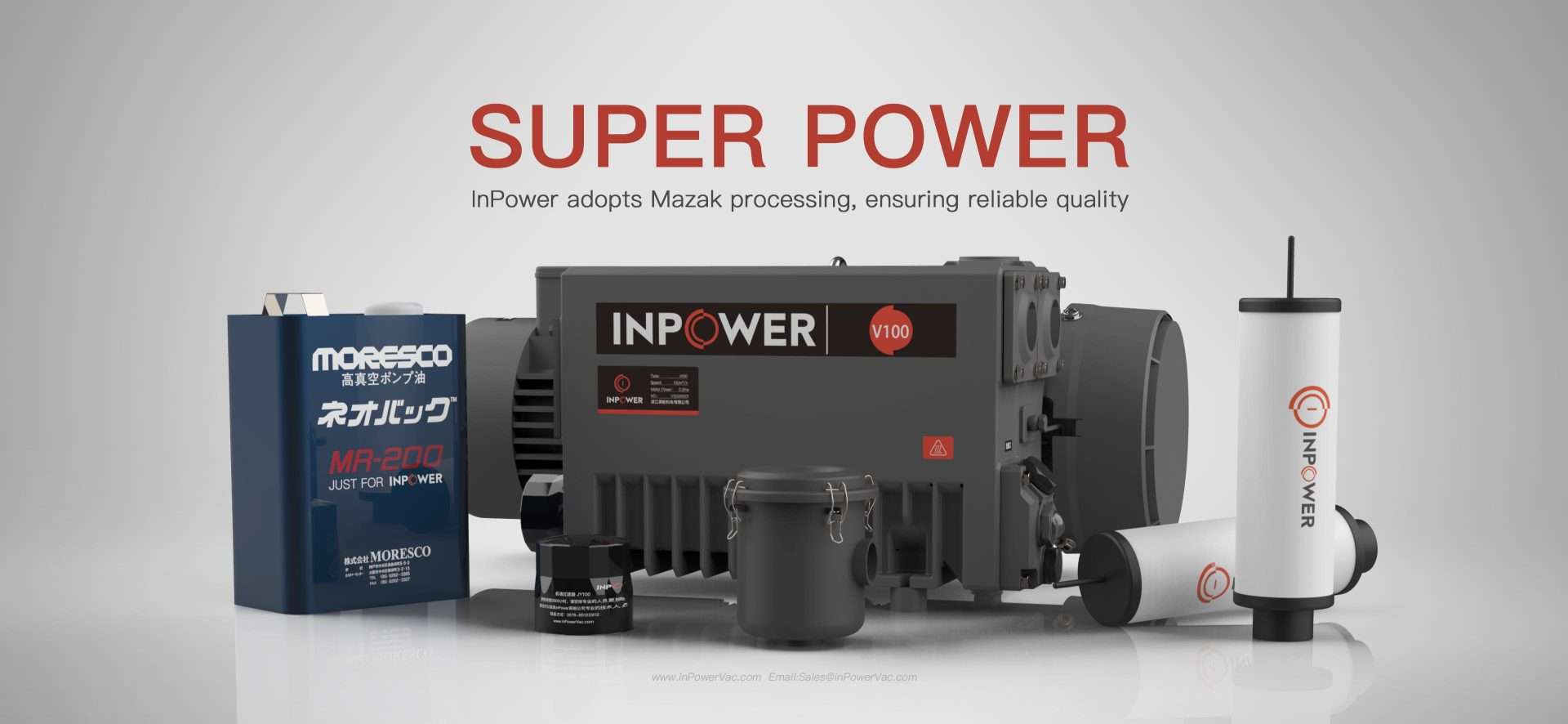Table of Contents
- Introduction
- Understanding Vacuum Pumps
- The Role of Vacuum Pumps in Renewable Energy
- Vacuum Pumps in Modern Clean Energy Applications
- Benefits of Vacuum Pumps in Renewable Technologies
- Challenges and Future Prospects
- Conclusion
Introduction
With the increasing global demand for clean energy, innovative technologies are continually being explored to optimize renewable energy systems. Integral to these advancements is the use of vacuum pumps in clean energy technologies. Vacuum pumps play a crucial role in enhancing the efficiency and reliability of various renewable energy applications. In this article, we’ll delve into the significance of vacuum pumps in renewable energy applications and their transformative impact on the clean energy sector.
Understanding Vacuum Pumps
Before we explore their role in renewable energy, it’s essential to understand what vacuum pumps are and how they function. Vacuum pumps are devices that remove gas molecules from a sealed volume, creating a partial vacuum. They are commonly used in a wide range of industrial and scientific applications due to their ability to control and maintain low-pressure environments.
Types of Vacuum Pumps
- Rotary Vane Pumps
- Diaphragm Pumps
- Scroll Pumps
- Turbo Molecular Pumps
Each type of vacuum pump has its unique set of features and is suited for specific applications, including those within the renewable energy sector.
The Role of Vacuum Pumps in Renewable Energy
Vacuum pumps are instrumental in various stages of renewable energy production, ensuring that the processes are efficient and effective. Let’s explore how these devices are employed in different types of renewable energy technologies:
Solar Energy
In solar energy systems, vacuum pumps are crucial in the manufacturing of photovoltaic (PV) cells. These cells convert sunlight into electrical energy, and their production involves several steps that require a vacuum environment:
- Thin-Film Deposition: To create the thin semiconductor layers in PV cells, materials are deposited in a vacuum chamber using techniques such as chemical vapor deposition (CVD) or physical vapor deposition (PVD).
- Encapsulation: Vacuum pumps help in the encapsulation process where protective layers are applied to PV cells, enhancing their durability and performance.
Wind Energy
In wind energy applications, vacuum pumps play a role in the production of wind turbine components:
- Blade Manufacturing: The construction of wind turbine blades involves the use of composites and resins that are vacuum-infused to ensure high strength and reduced weight. Vacuum pumps remove air bubbles and ensure uniform material distribution.
Hydroelectric Power
While vacuum pumps are not typically associated with hydroelectric power directly, they are used in the maintenance and operation of hydraulic systems:
- Pumps and Turbines: Vacuum pumps help in degassing hydraulic fluids to prevent cavitation, which can damage turbines and reduce the efficiency of power generation.
Vacuum Pumps in Modern Clean Energy Applications
As clean energy technologies evolve, vacuum pumps continue to find new applications. Here are a few notable examples:
Photovoltaic Cells
Advancements in photovoltaic cell technology have led to higher efficiency and lower costs. Vacuum pumps are pivotal in several cutting-edge PV cell manufacturing processes:
- Perovskite Solar Cells: These next-generation solar cells require precise vacuum conditions for the deposition of perovskite layers, which are crucial for their high efficiency.
- Bifacial Solar Panels: Vacuum pumps aid in the anti-reflective coating and encapsulation processes, enhancing the panels’ performance by capturing sunlight from both sides.
Energy Storage Solutions
Energy storage is a critical component of the renewable energy ecosystem, enabling the storage of excess energy for later use:
- Battery Manufacturing: Vacuum pumps are used in the production of lithium-ion batteries and other advanced battery technologies to maintain purity and prevent contamination.
- Flywheel Energy Storage: In systems where kinetic energy is stored in a rotating flywheel, vacuum pumps minimize air drag, improving the efficiency and longevity of the system.
Benefits of Vacuum Pumps in Renewable Technologies
Incorporating vacuum pumps into renewable energy technologies offers several advantages:
- Increased Efficiency: By providing precise control over manufacturing processes, vacuum pumps help create high-quality components, leading to more efficient energy systems.
- Enhanced Durability: Vacuum environments prevent contamination and degradation of materials, resulting in longer-lasting renewable energy components.
- Cost Reduction: Improved manufacturing techniques and higher efficiency of renewable energy systems can drive down overall costs, making clean energy more accessible.
Challenges and Future Prospects
Despite their benefits, integrating vacuum pumps into renewable energy technologies does come with challenges:
- Maintenance and Operation Costs: Vacuum pumps require regular maintenance to ensure optimal performance, which can add to operational costs.
- Energy Consumption: While vacuum pumps are essential for many processes, they also consume energy. Manufacturers are continually working on developing more energy-efficient vacuum pumps to address this issue.
Looking ahead, the role of vacuum pumps in renewable energy is expected to grow:
- Innovation: Continued advancements in vacuum pump technology will enable even more precise and efficient manufacturing processes, driving further improvements in clean energy systems.
- Sustainability: As the focus on sustainability intensifies, vacuum pumps will play a key role in producing eco-friendly and energy-efficient components.
Conclusion
The renewable revolution: vacuum pumps in clean energy technologies signifies a crucial intersection between advanced engineering and sustainable energy solutions. Vacuum pumps enhance the efficiency, reliability, and cost-effectiveness of various renewable energy systems, from solar panels to wind turbines and beyond.
By understanding the integral role of vacuum pumps in these applications, we can better appreciate the technological advancements that drive the renewable energy sector forward. This knowledge encourages continued innovation and investment in clean energy technologies, paving the way for a sustainable future. Join the conversation and share how you think vacuum pumps can further revolutionize the renewable energy landscape!

0 Comments